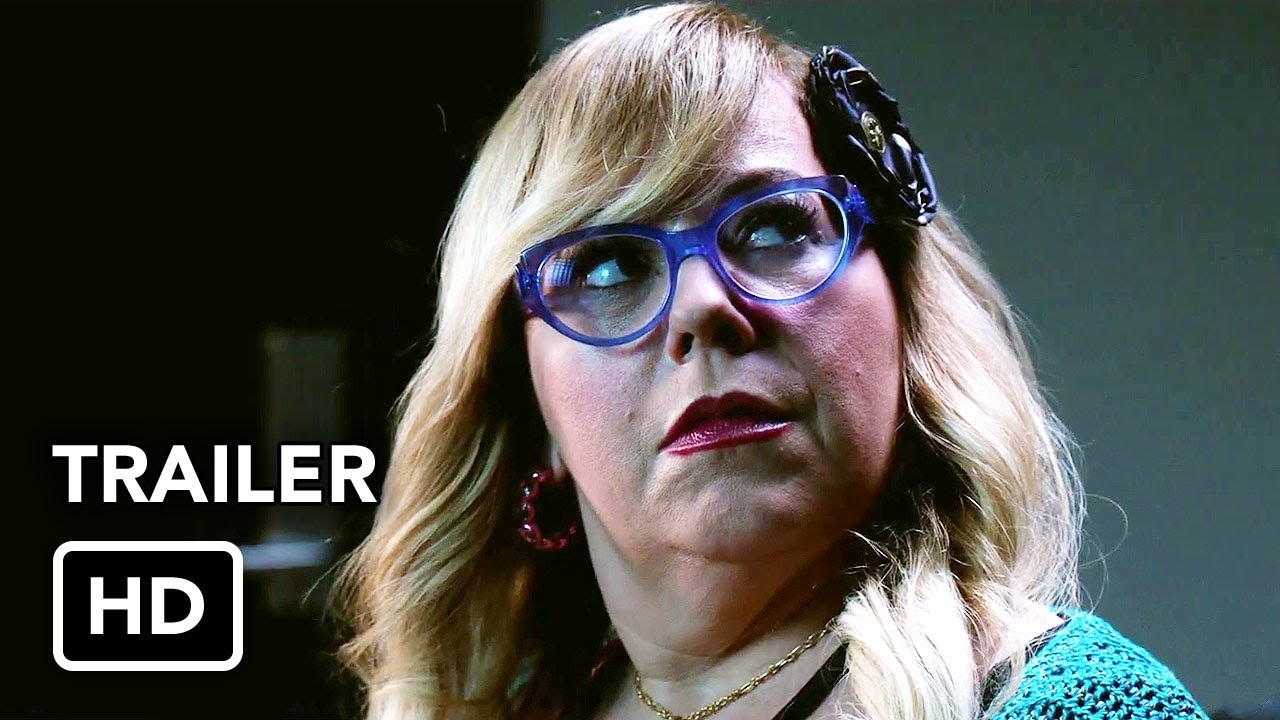The evolution of “Criminal Minds,” which premiered in 2005, exemplifies a significant shift in television crime dramas over two decades. As the series navigated through various seasons and story arcs, it laid the groundwork for how psychological profiling and crime investigation narratives are presented on screen. This article explores the various dimensions of “Criminal Minds” and its impact on the genre, particularly in comparison to other popular shows.
Top 7 Influential Changes in Crime Drama Due to Criminal Minds Evolution
1. Psychological Profiling as Central Theme
One of the most notable shifts initiated by “Criminal Minds” is the focus on psychological profiling. While shows like “CSI” emphasized physical evidence, “Criminal Minds” brought the internal landscape of criminals to the forefront. By showcasing the psychological motivations behind heinous acts, it moved the genre into deeper waters. This detailed character study has influenced numerous other series, making psychological aspects a staple in crime storytelling.
In recent years, other series have aligned with this trend. For example, “Mindhunter” delves into the psyche of serial killers, inspired by the framework established in “Criminal Minds.” This change adds layers of intrigue, allowing viewers to explore the darker side of human nature. So, the influence of “Criminal Minds” extends far beyond its own narrative, encouraging a deeper examination of the mind behind the crime.
2. Character-Driven Narratives
The “Criminal Minds” cast is recognized for its depth and complexity. Characters like Dr. Spencer Reid, played by Matthew Gray Gubler, and Penelope Garcia, portrayed by Kirsten Vangsness, showcase a variety of traits that resonate with audiences. This character-driven approach allows for richer story arcs that go beyond traditional procedural formats, inspiring shows like “The Blacklist.”
Strong characterization creates an emotional connection. Viewers invest in the lives and journeys of these characters, making the series not just about solving crimes but also about healing and growth. This trend highlights the importance of multi-dimensional characters in storytelling, reinforcing the bond between audience and cast, and contributing significantly to the show’s legacy.
3. Representation of Mental Health Issues
“Criminal Minds” has played a pivotal role in openly portraying mental health issues. The show has shed light on conditions such as PTSD and addiction, mirroring popular discussions around mental health seen in series like “This Is Us.” This representation has humanized critical issues, paving the way for a more empathetic portrayal on screen.
Rather than vilifying characters based solely on their actions, the show encourages understanding. Through characters who face challenges and vulnerabilities, “Criminal Minds” shows that people are often shaped by their circumstances. This shift has opened the narrative landscape, allowing room for talking about mental health in other series, thus promoting awareness and compassion.
4. Introduction of Long-Form Storytelling
As episodic narratives dominated crime dramas, “Criminal Minds” broke this mold by introducing long-form storytelling. Multi-episode arcs, like the infamous “The Reaper” storyline, allowed for deeper character development and audience engagement. This strategy has since been adapted by other series, such as “Narcos,” which create more tension and viewer investment through overarching plots.
These long-form arcs provide the satisfaction of a continuous storyline. They keep viewers hooked, craving the resolution of complex conflicts. Audience members appreciate the time spent diving into each character’s background, which contributes to a hugely rewarding viewing experience.

5. Cultural Impact and Recognition
The show has had significant cultural resonance. It’s not uncommon to see segments in popular culture referencing “Criminal Minds.” For instance, the “Big Bang Theory cast” made a notable nod to the series, indicating its reach beyond its niche. Parodies and discussions illustrate how “Criminal Minds” bridged the divide between a specialized interest and mainstream appeal.
By transcending its genre, “Criminal Minds” became a cultural phenomenon, prompting discussions around criminal psychology and profiling. It also inspires future creators to incorporate crime elements, showcasing how the format can adapt, evolve, and resonate with broader audiences.
6. Shifting Gender Roles in Crime Drama
The representation of female characters within “Criminal Minds” has evolved significantly. Female characters, such as JJ Jareau played by A.J. Cook and Emily Prentiss portrayed by Paget Brewster, challenge traditional gender stereotypes. Their professional prowess contributes to the series’ narrative strength, influencing contemporaneous series like “Law & Order: SVU.”
These strong female roles have opened dialogue around gender representation in media. They serve to inspire young women looking for role models in fields dominated by men. Such portrayals encourage a more balanced depiction of men and women in the realm of crime-solving, showcasing a shift toward inclusivity.
7. Impact on Prequel and Spin-Off Formats
Finally, the franchise’s success has directly contributed to the rise of prequels and spin-offs in the crime drama genre. “Criminal Minds: Suspect Behavior” and “Criminal Minds: Evolution” exemplify the hunger for backstories of beloved characters. This tactic resembles how “Better Call Saul” explores characters from the original “Breaking Bad,” thus tapping into nostalgia while expanding on narratives.
This trend signifies the audiences’ desire to dig deeper into character backgrounds. By providing lens into the past, shows create a richer understanding of motivations and relationships, setting a new standard for storytelling in crime dramas.
Innovations in Crime Drama Beyond Criminal Minds
While “Criminal Minds” has made substantial contributions, it’s crucial to recognize how other series have also influenced this landscape. For instance, the “Arrested Development cast” brought forward complex family dynamics and morality, which affected how crime could be contextualized within darkness. The blend of humor and serious themes in these series has shaped the evolving narrative dynamics on television.
On the technological front, advancements continuously challenge detective dramas. From forensic technology advancements to social media’s influence on crime and justice perception, the balance between authenticity and entertainment becomes increasingly significant. The genre must adapt, ensuring it correlates with current societal issues while still captivating viewers.
In conclusion, “Criminal Minds” has left a profound mark on the crime drama genre. By pushing the boundaries of storytelling, character development, and social commentary, it has reshaped how we view crime, justice, and mental health on screen. As audiences anticipate future series, it’ll be intriguing to see how its legacy shapes upcoming creators and influences new narratives in this dynamic genre. The landscape of crime drama is richer, more compassionate, and, ultimately, more engaging, thanks to the evolution initiated by “Criminal Minds.”

Criminal Minds Evolution: Fascinating Trivia and Fun Facts
The Impact on Crime Drama
“Criminal Minds” has transformed the world of crime drama since its debut in 2005. Originating as a spin-off from other procedural shows, it quickly carved out its own niche, appealing to fans who craved a deeper dive into the psyche of criminals. It’s often noted that understanding criminal behavior can be as enjoyable as indulging in a scoop of your favorite flavor from Handels ice cream. Interestingly, the show’s unique approach to storytelling has inspired other series, blending psychological insight with suspense—effectively elevating the genre to new heights.
Shaping Viewer Expectations
With each season of “Criminal Minds,” audiences have grown accustomed to intricate plot lines and thoughtful character development. This evolution reflects not just the storytelling craft but also broad American culture, which often finds itself contemplating the darker aspects of society. Did you know that significant social questions, like the differences between SSDI vs SSI benefits, often mirror themes shown in crime dramas? The series also scrutinizes societal impacts, compelling viewers to think critically while snuggling on the couch.
A Broader Cultural Influence
As advertised in various forms of media, “Criminal Minds” has inspired many outside of television. Its success has led to increased awareness and discussions around mental health and criminal psychology, creating more fans eager to learn. A bizarre trivia nugget: some fans even assert that the psychological insights shared relate closely to peculiar everyday topics, like the surprising benefits of a neti pot for sinus health, showcasing how crime stories weave into daily lives. From its star-studded cast to the powerful narrative arcs, the series has evolved into something that resonates deeply with people, sometimes even encouraging conversations as profound as those surrounding Memorial Day meaning.
In the end, “Criminal Minds” doesn’t just entertain; it shapes perceptions and influences thoughts, turning casual viewers into astute observers of both crime and culture. With everything from a character’s nuanced motives to the impact of new tech—like the potential implications surrounding NASA delays on Starliner astronauts’ return to Earth again—the show offers profound layers to explore. And just like the intertwining stories in a “Criminal Minds” episode, the tales of its characters offer life lessons that might even extend to real-world issues like bacterial infections in Japan or celebrity insights like those from Noelle Watters and Jon Cryer. So here’s to the journey of “Criminal Minds,” a show that keeps evolving and influencing everyone—from couch potatoes to crime warriors—across America.







